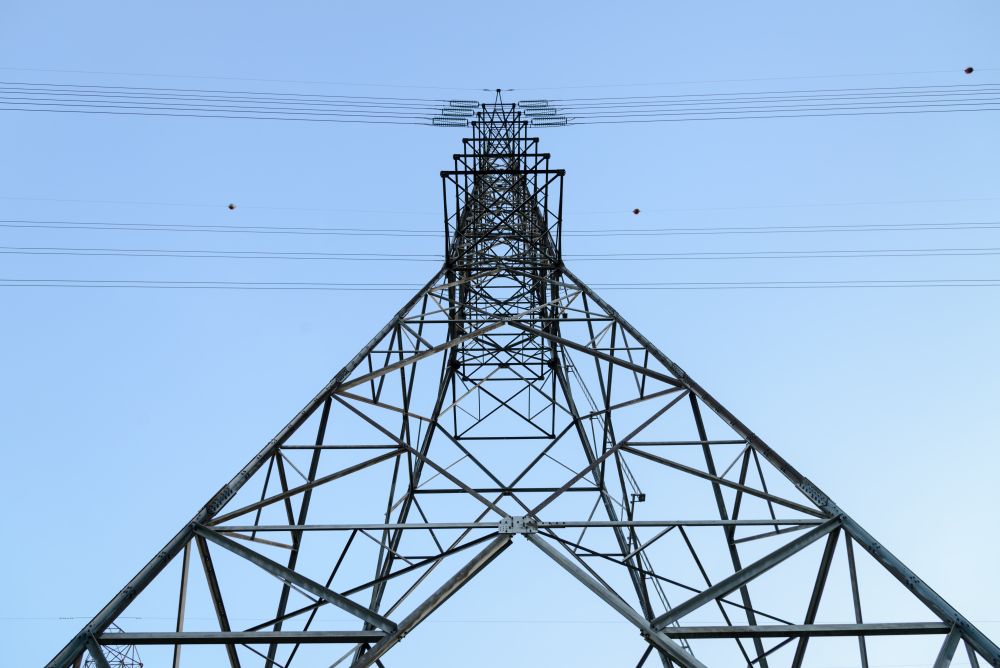High values for cross-border electricity transmission capacity show the EU needs more connections between countries.
The European electricity market remains fragmented into national wholesale markets. Most neighbouring countries are connected by transmission lines, but in most cases this transmission capacity is occasionally congested, resulting in different prices in different markets. In other words, one country might have cheaper generation units available, but these are not running because not enough transmission capacity is available to export. In a neighbouring country, meanwhile, more expensive units are needed to meet demand. This situation is inefficient.
The impact of congestion on national markets is not constant over time. The frequency of congestion and its impact on markets depend on the changing demand-supply balances in connected markets.
With the energy crisis that started in the second half of 2021, congestion in the EU had an increasingly greater impact. To illustrate this, we calculated the value that one additional megawatt (MW) of cross-border capacity would have (for comparison, a modern wind turbine has a generation capacity of about 3 MW to 5 MW). We did this by summing up the hourly arbitrage values (ie the absolute price differential) between two neighbouring markets.
If the hourly electricity wholesale price in France, for example, was €200/MWh while the price in Germany was €150/MWh, a trader with access to 1 MW of transmission capacity in this hour could have made €50 by buying in Germany and selling in France. This arbitrage value differs from hour to hour. Theoretically, over 2022, the owner of one MW of transmission capacity could have made hundreds of thousands of euros by always buying in the cheaper of the two markets and selling in the more expensive. The opportunity for significant arbitrage signals the value of capacity across the borders in question: higher price differences mean transmission is more valuable.
The value of transmission capacity increased sharply in the early stages of the energy crisis. Across the first half of 2021, the value of one MW of transmission capacity at selected borders (see the annex for a list) totalled just short of €30,000 on average – in other words the hourly arbitrage values summed up to this amount over the six-month period. With the energy crisis kicking in, in the second half of 2021 the average value for the whole six-month period jumped to more than €100,000. It peaked in the second half of 2022 at almost €200,000 (Figure 1). Since then, the value has fallen back, but still exceeded €60,000 in the first half of 2023 – markedly higher than the average six-month level before the crisis.
Read the full article at original link.

